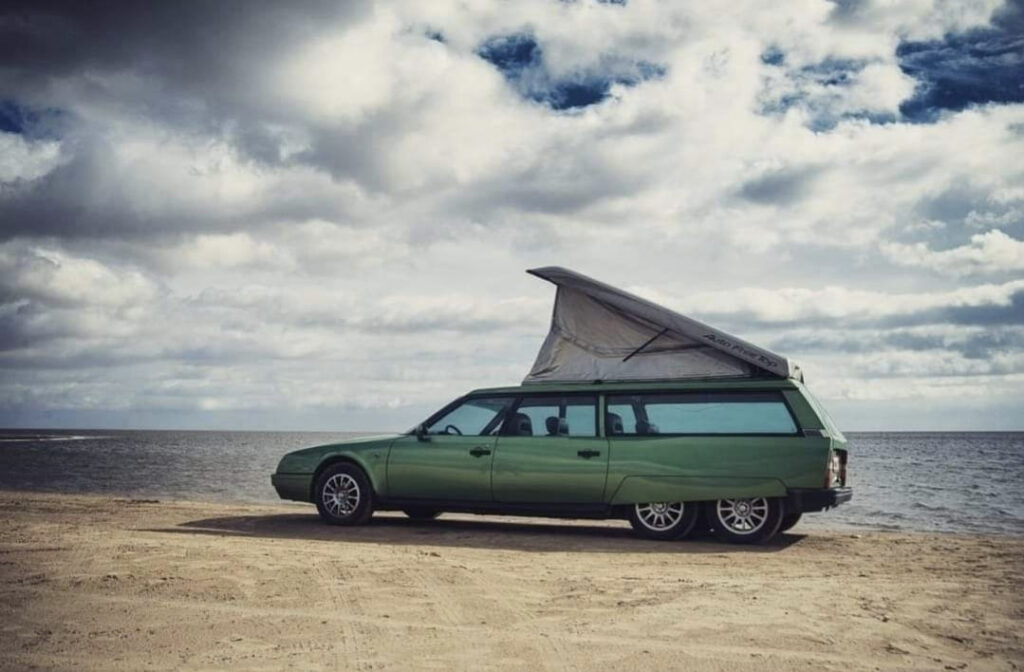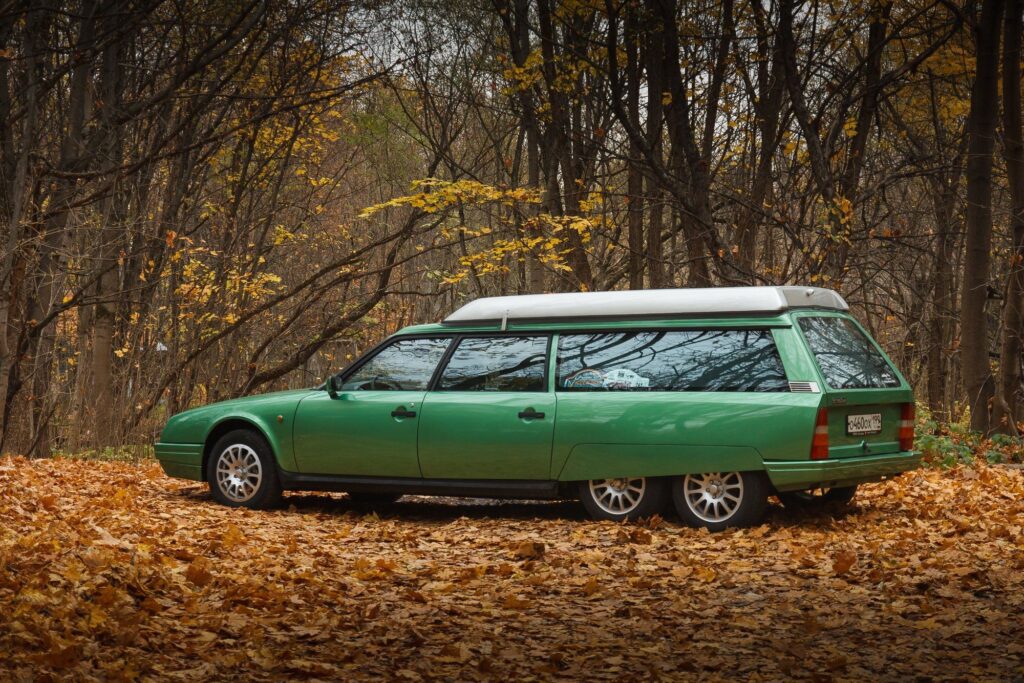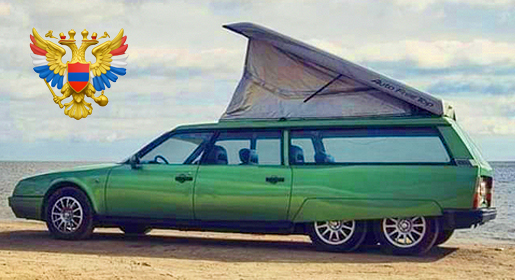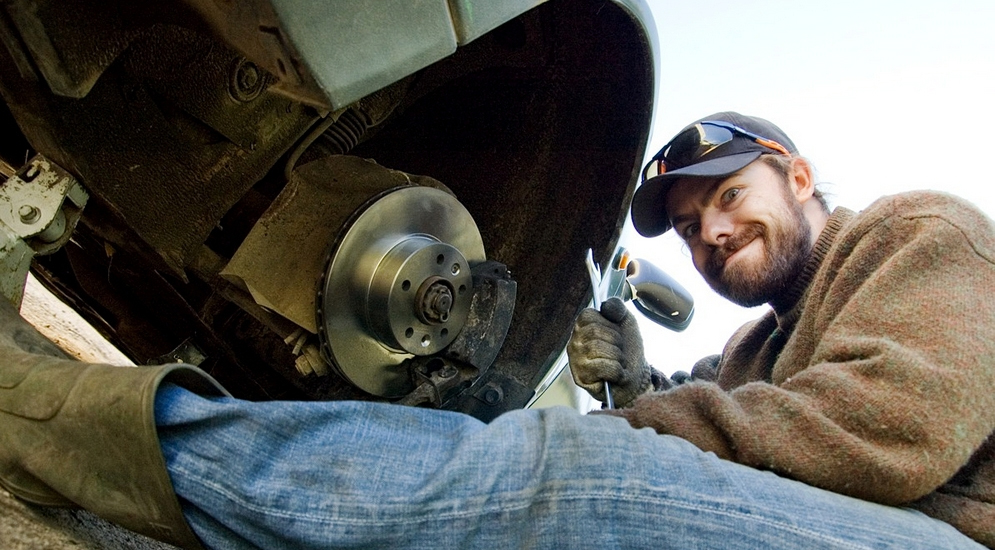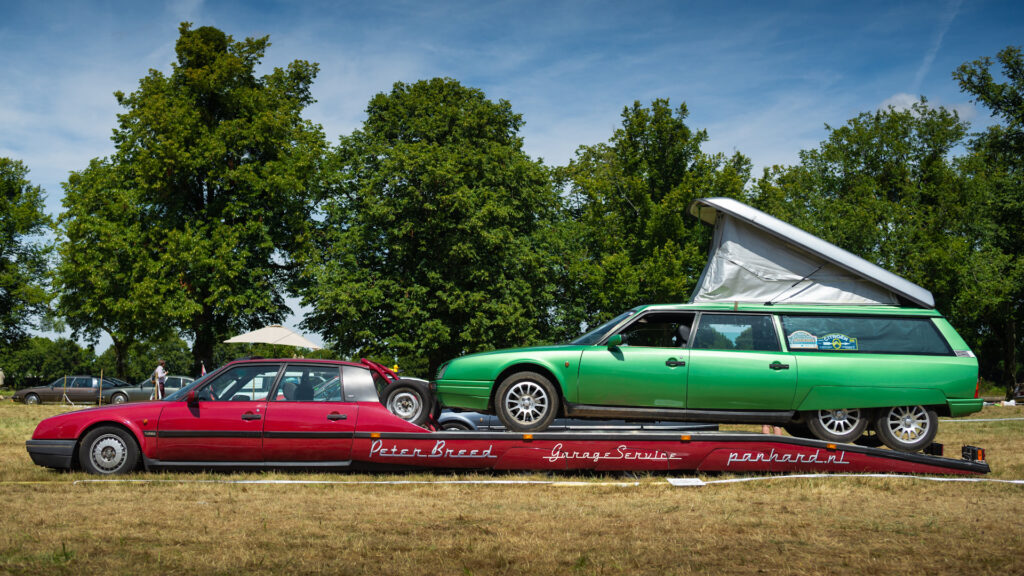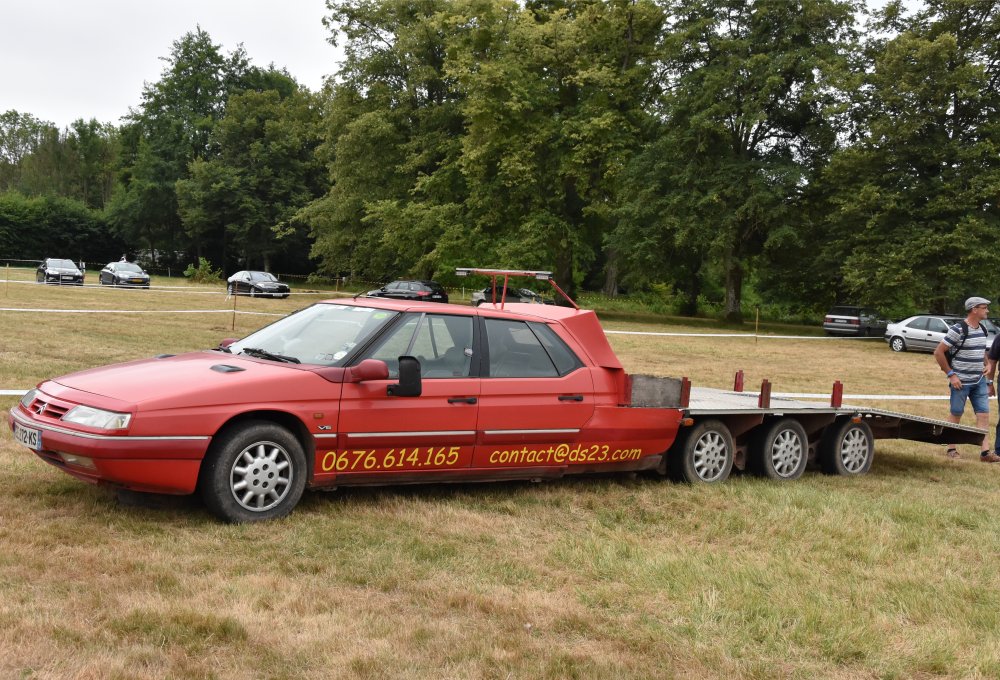French coachbuilder Tissier made stretched versions of the CX in the 1980s known as Loadrunners. This CX is not one of those. It is a one-off made by Artyom, a Russian CX enthusiast living in Zelenograd about 150 kms from Moscow, who took a CX Estate and lengthened it further by adding the a second set of rear wheels sourced from another CX sedan.
It appeared at the Citroën Centenary celebration in 2019 at La Fertè-Vidame in France.
Perhaps as extraordinary as the car itself is that Artyom extensively documented the conversion process. He shows how the dual rear wheel hydropneumatic set-up was made and the stretch itself in this video:
His step-by-step details on the build procedure can be viewed on his blog:
https://www-drive2-ru.translate.goog/r/citroen/cx/4062246863888322434/?_x_tr_sl=ru&_x_tr_tl=en&_x_tr_hl=en&_x_tr_pto=sc
The original car was manufactured in 1986 and Artyom purchased it for his project in 2008.
Let’s delve into the history of Tisser to understand why Artyom was inspired to create his very own “Loadrunner”.
By the late 1960s there was a need to quickly and inexpensively transport relatively small but very urgent cargo from one part of Europe to another. Rather than using traditional trucks, French designer Pierre Tissier came up with the idea of making a truck out of a passenger vehicle and what better candidate to start with than the legendary Citroën DS.
In the early 70s, one of the car dealers needed a fast and convenient car carrier to send cars to Spain and Tissier made such a car carrier. To the front of a DS, a cargo platform was attached. And since the length of the car carrier increased significantly, Tissier added another rear axle. At the same time, the original Citroën hydropneumatic suspension was preserved. The elongated DS could transport up to one and a half tons! Adjustable ground clearance from four to 25 centimetres made loading convenient – and neither the driving ground clearance nor the controllability of the still passenger car changed.
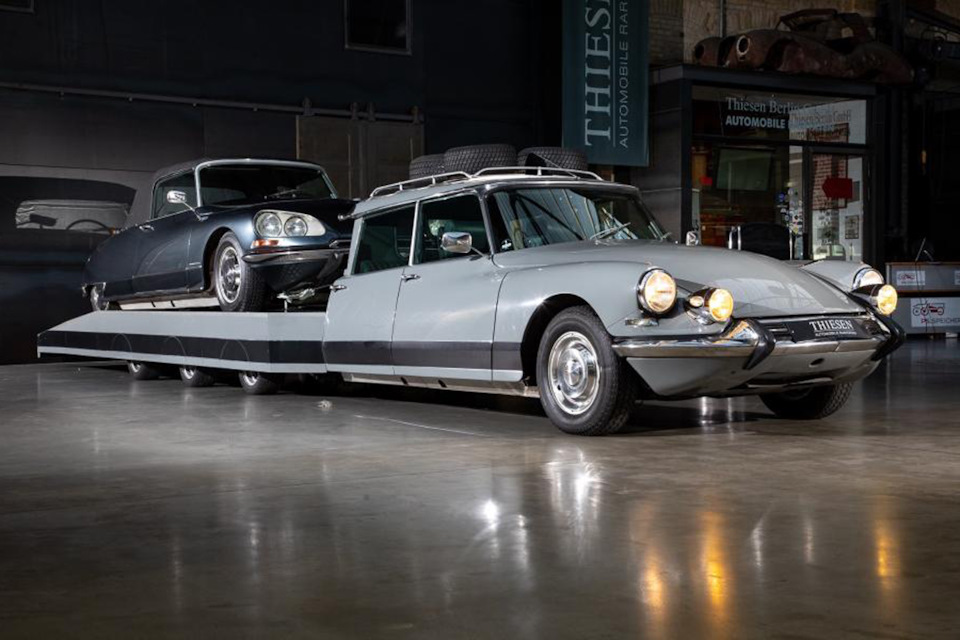

The project was successful and Pierre was soon inundated with orders, which allowed him to found the Application des Procédés Tissier company in 1973. When the CX was introduced in 1974, Tissier saw a niche market for a high-speed delivery vehicle to transport items such as newspapers across the European continent. Six-wheeled and sometimes even eight-wheeled CX variations were produced. Among them were ambulances, station wagons for express delivery of newspapers and goods, campers and even a helicopter transporter.
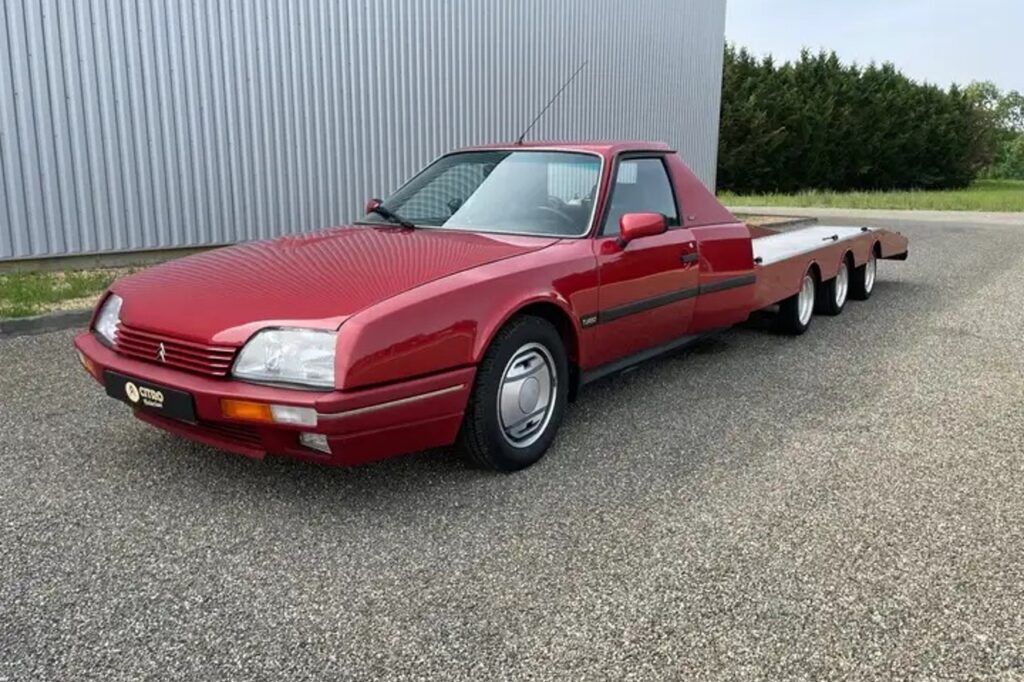
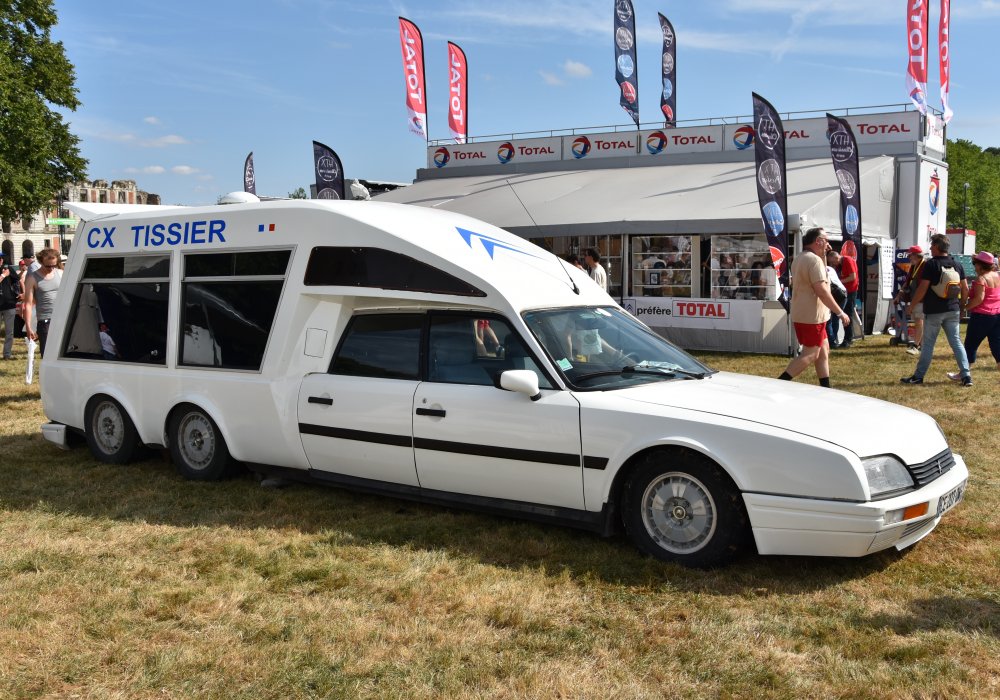
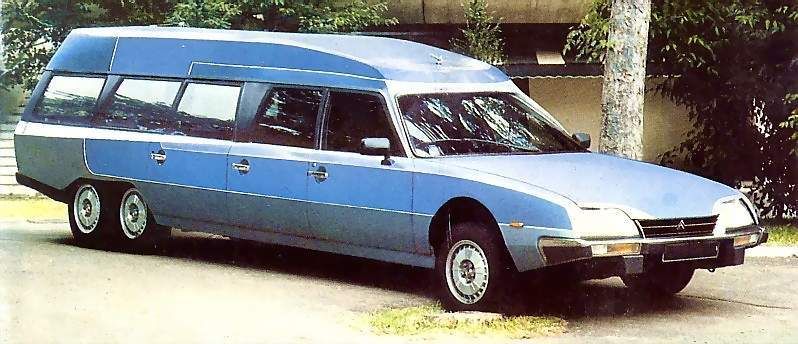
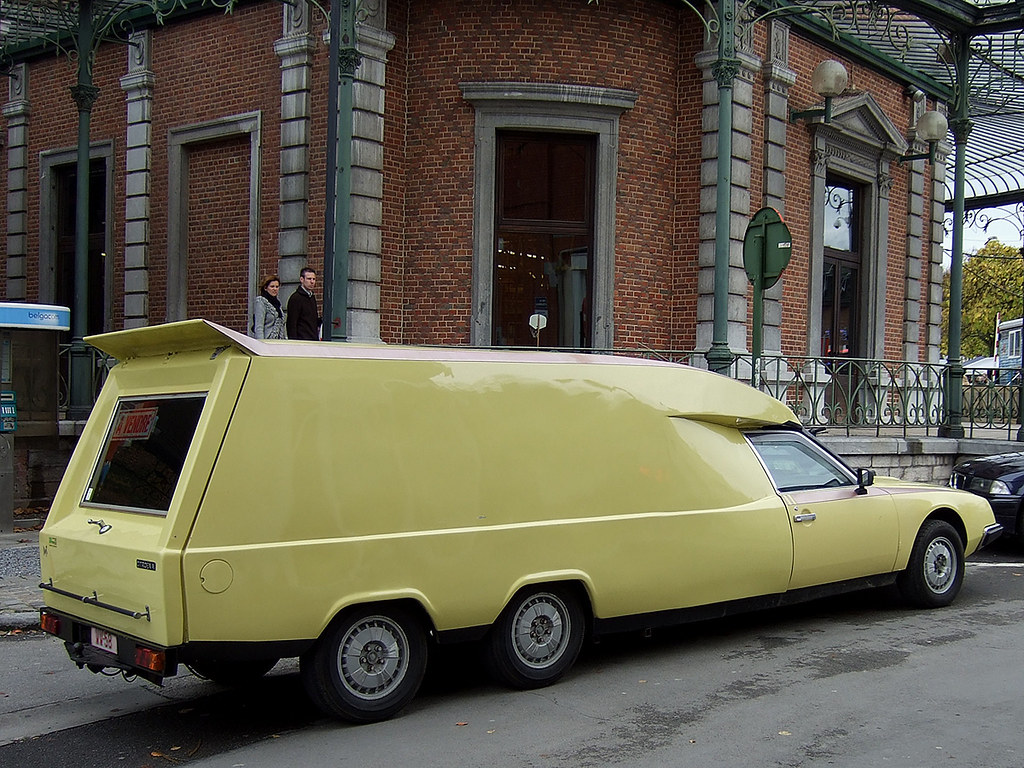
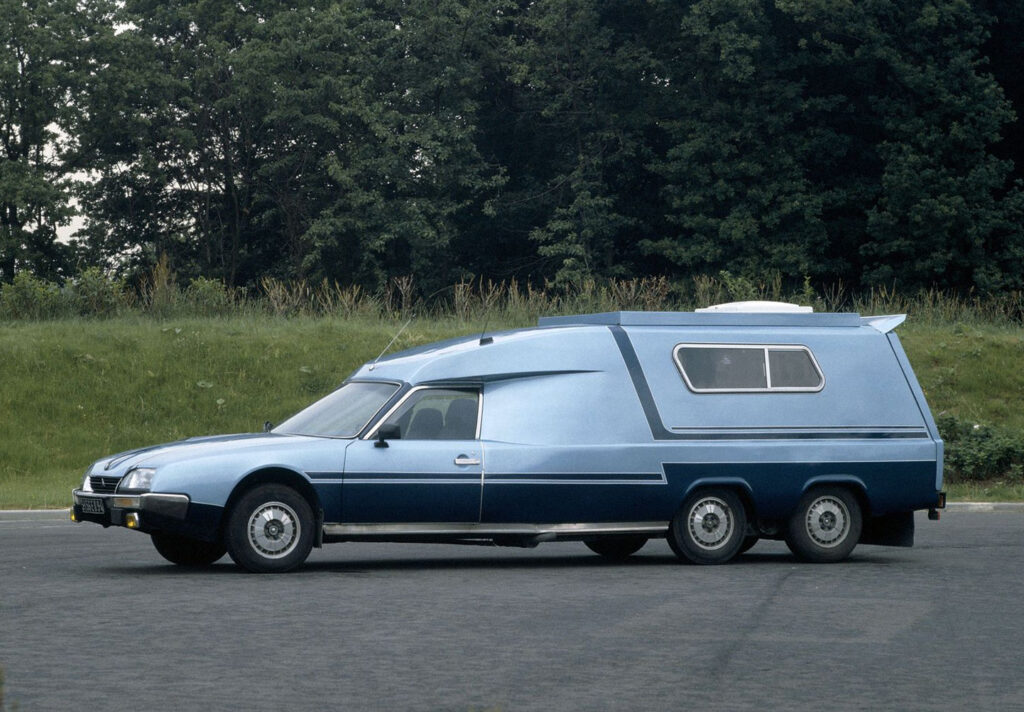

When Citroën ceased production of the CX Estate (also known as a Break or station wagon) in 1990, Tissier utilized its replacement — the XM, and similar vehicles were produced up until the company closed in late 1990s.
A history of Tissier can be found here: https://www.coachbuild.com/forum/viewtopic.php?p=86487
Sadly, once they had finished their service, it was common practice to simply abandon Tissier vehicles. Due to this, Tissier vehicles rarely come up for sale these days (though we currently have a 1988 Tissier CX Car Hauler listed in our Cars for Sale section in Citroënvie from the Lane Motor Museum), and they tend to command a premium price.
Artyom really wanted a Tissier-like Loadrunner for himself. On a budget and as he was skilled and willing to tackle the project, after a long search he managed to get his hands on a 1986 CX Break and also find a CX sedan that could be harvested for various parts including the rear wheels and suspension components to make his CX Break a six-wheeler.
However, there was one very serious question; how was the original Citroën CX Tissier designed? That was not an easy answer to find because there was very little information at the time about them on the internet. But Artyom finally found a source; the owner of a similar Citroën, and, having written to him, he managed to find out some technical details.
It turned out that Tissier used two standard CX subframes in creating the rear, connected to each other by welding and a set of custom-made parts. An added bonus was that the design could be optimized with the added benefit of fitting a larger gas tank between the expanded subframe. And all wheels where given original-type disc brakes.
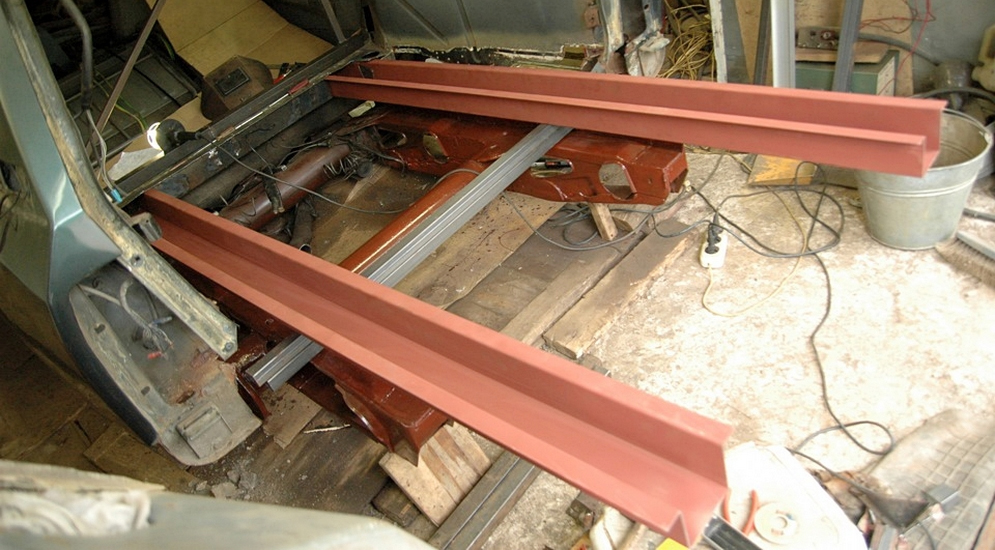
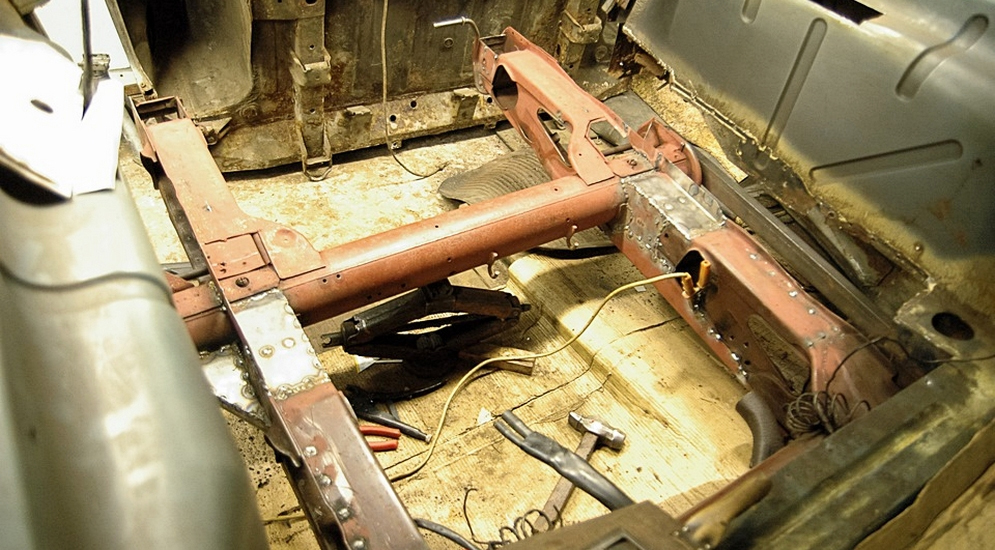
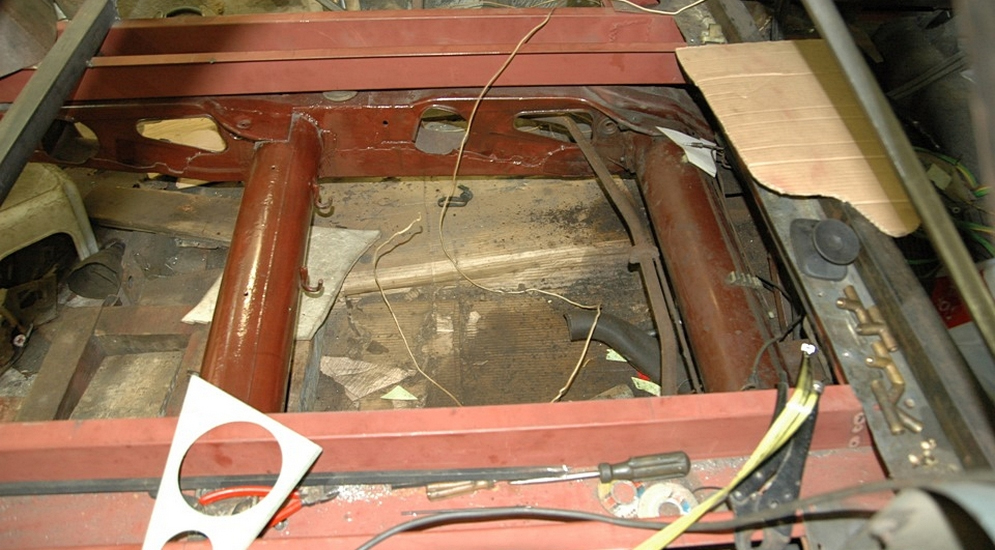
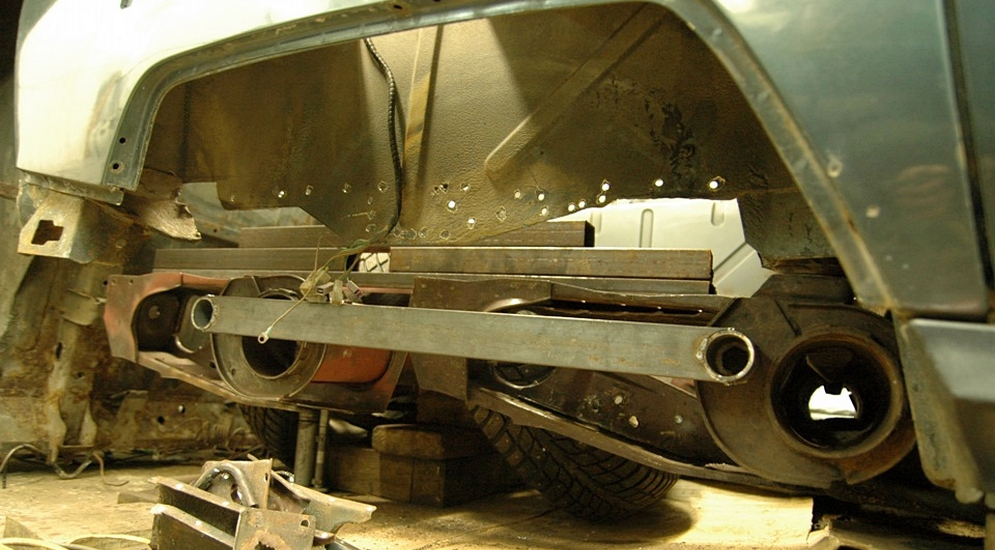
The rear part of the body was reinforced with custom-made side members. As a result, the car was stretched by 70 cm and its height reached 5.65 meters. By and large, it remained practically the same CX Break, but with a redesigned body and interior. The engine and gearbox remained original. The interior has undergone changes. On eBay in Germany, a black leather interior from a CX turbo version was purchased.
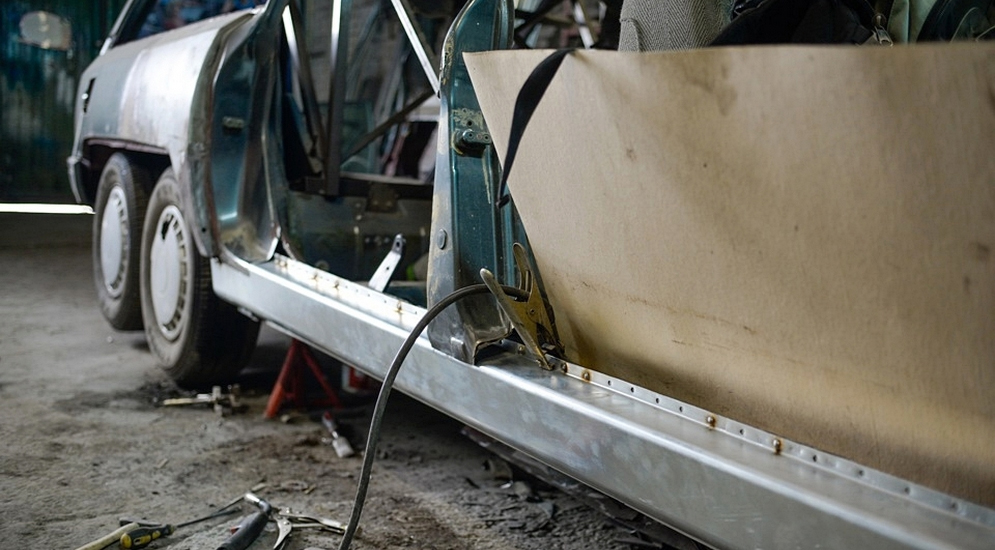
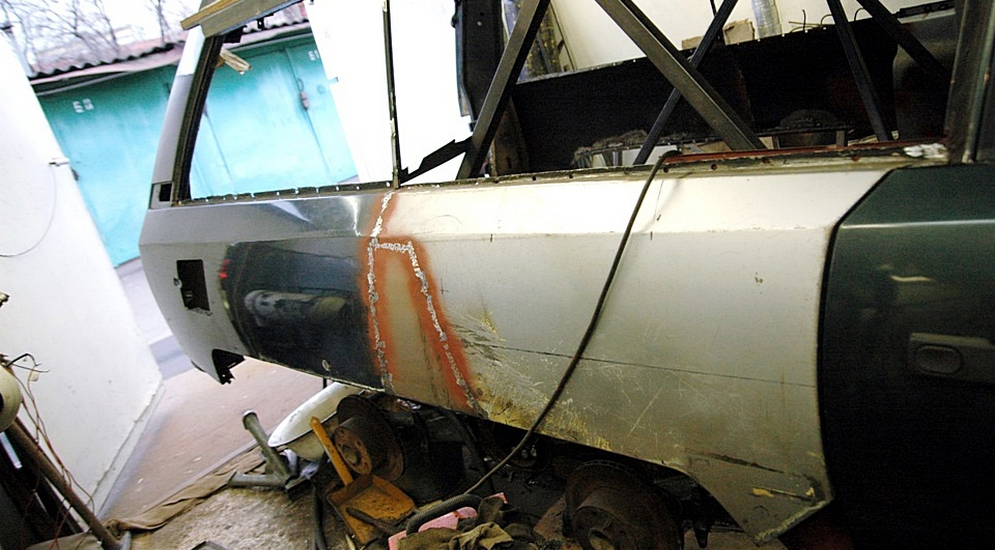
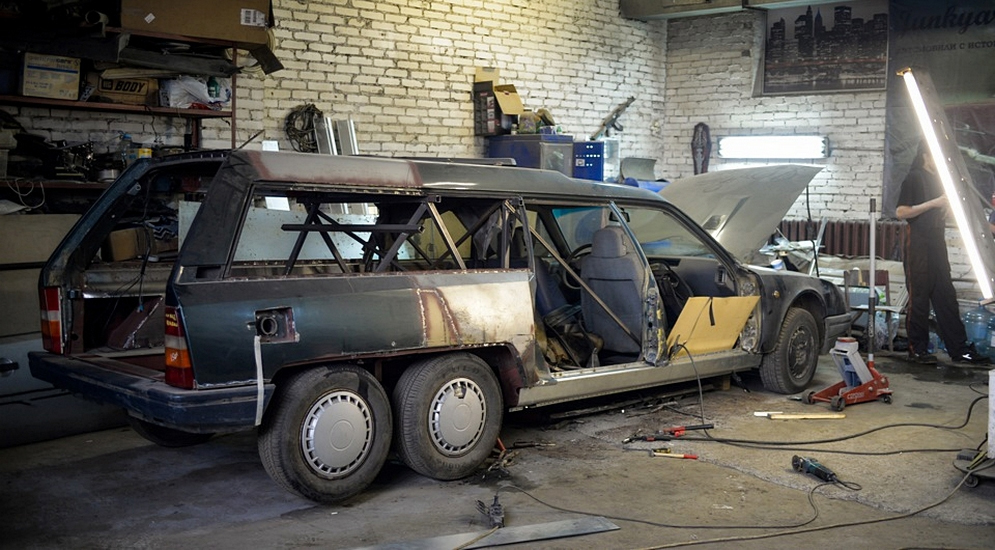

In fact it’s almost a camper. Behind the rear seats there are two 1.80 m long sleeping places. There is also a retractable tent on the roof, where two children or one adult can spend the night.
A camera was installed on the back to significantly aid when reversing.
By the beginning of 2014, Artyom’s creation was completed enough to make it’s first road test. Under the hood was a 2347 cc gasoline engine from a CX 25 GTi. Artyom has since swapped in a fuel-injected 2499 cc engine with turbocharger and intercooler.
Artyom’s dedication and work in making his very own “Loadrunner” has to be admired, as most certainly is the result!
